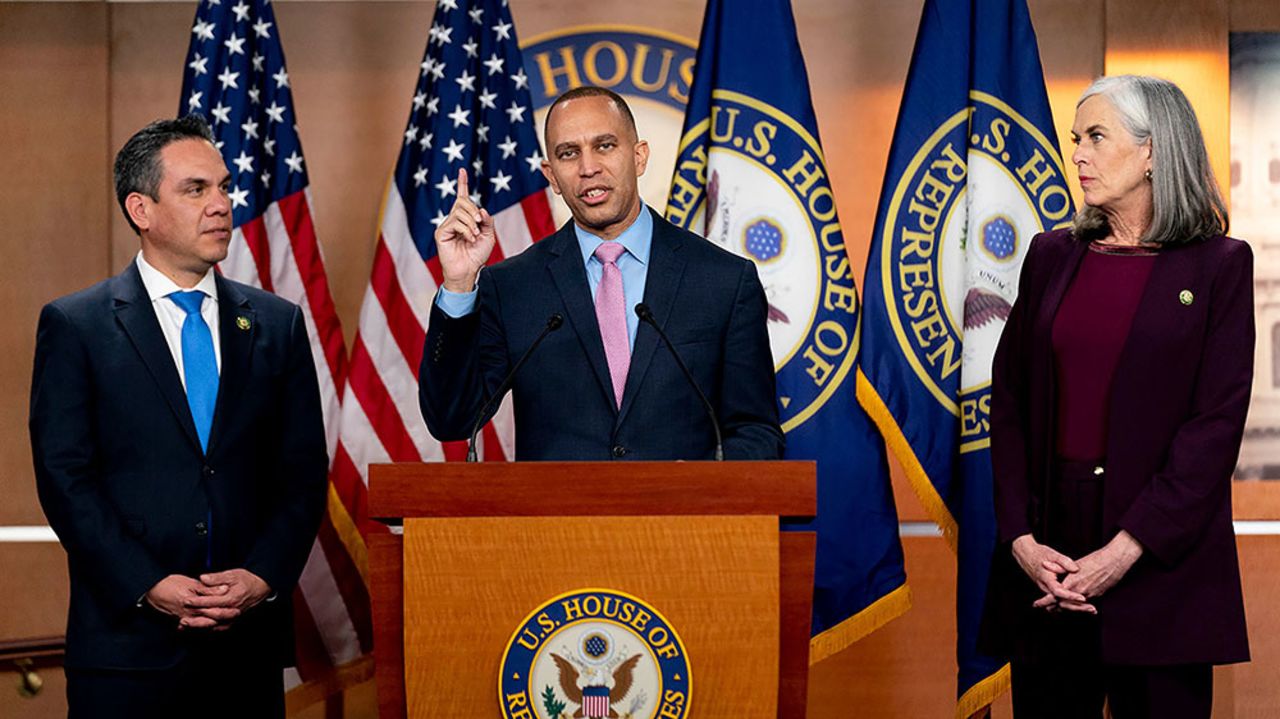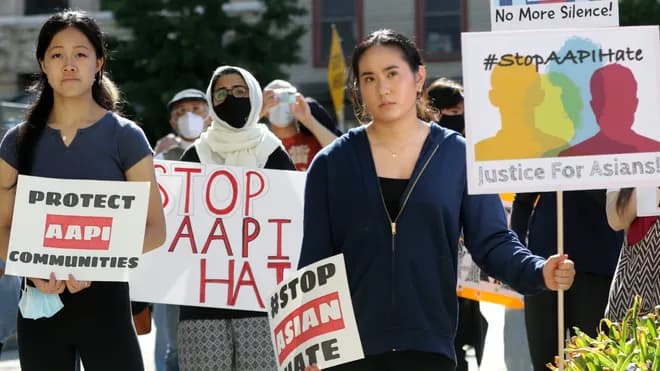February 25, 1942, marked a day of infamy when Joseph Kurihara watched in horror as furniture piled up on the streets of Terminal Island, California. Tables, chairs, and family heirlooms were discarded like trash as the U.S. Navy ordered residents to evacuate in just 48 hours. This chaotic scene was the result of President Franklin D. Roosevelt"s signing of Executive Order 9066, which was a thinly veiled directive aimed at the Japanese American community—over 125,000 individuals stripped of their rights and dignity based solely on their ancestry.
Racial Profiling Dressed as National Security
The executive order, which made no explicit mention of race, was a clear assault on Japanese Americans. As reported by the National Archives, this legislation allowed military commanders to exclude anyone deemed a threat to national security, effectively targeting people of Japanese descent. Lieutenant General John L. DeWitt, the head of the Western Defense Command, openly articulated this racial bias, claiming that "a Jap is a Jap," and thus, even loyal American citizens like Kurihara were seen as potential spies. This mindset not only justified the forced removal of thousands but also laid bare the systemic racism embedded in U.S. wartime policies.
The Economic Devastation of Incarceration
The economic ramifications of Executive Order 9066 were catastrophic. Families were uprooted from their homes and businesses, losing their livelihoods overnight. According to USC Dornsife, the Japanese American community contributed significantly to the local economy, particularly in agriculture and fishing industries. With their forced removal, not only did these individuals suffer personal loss, but entire sectors faced economic destabilization. The illegal seizure of property, often sold at rock-bottom prices by desperate families, constituted a massive transfer of wealth that benefitted those who exploited the situation.

January 3, 2023 Latest on the new Congress and House speaker vote | CNN ...
Historical Amnesia and its Consequences
The legacy of this unjust incarceration continues to echo through the halls of American history. As reported by experts at USC, 75 years after the order"s signing, the ramifications of this event are still palpable in the lives of Japanese American descendants. The psychological scars of trauma, loss of cultural heritage, and familial disintegration are just a few of the long-term effects that persist today. Furthermore, this historical episode serves as a stark reminder of the dangers of racial profiling, especially in times of crisis. The very fabric of democracy was shredded as racial stereotypes shaped public policy and led to grave injustices.
Revisiting the Past Amid Modern Parallels
As we reflect on the events that transpired nearly 80 years ago, it is critical to draw parallels with contemporary issues surrounding racial injustice and prison reform. The recent movements for police accountability and criminal justice reform highlight the ongoing struggle against systemic racism that still permeates institutions. The very mechanisms that allowed for the mass incarceration of Japanese Americans are mirrored in today’s policies that disproportionately target communities of color.
We must also consider the economic implications of such injustices. The wealth gap between marginalized communities and the rest of America continues to widen, exacerbated by policies that favor the wealthy at the expense of the marginalized. As documented by CUNY, the lack of action on racial policies has led to dire socio-economic conditions for many. The lessons from Executive Order 9066 urge us to acknowledge the past and champion policies that promote equity and justice for all, rather than perpetuate cycles of oppression.

California"s Newsom slams Florida"s DeSantis over migrant flights to ...








